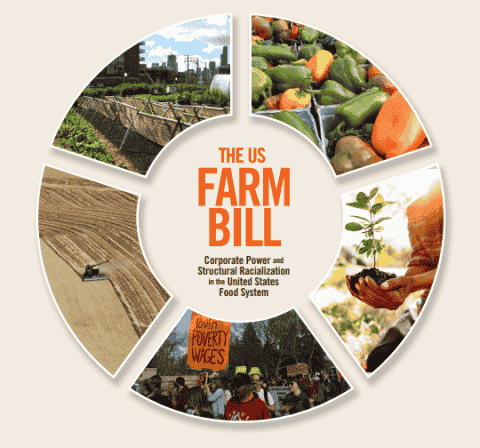On Wednesday, the Congressional Budget Office released its estimates for the existing farm bill programs for the next ten years (2024 to 2033) with an estimated cost of $1.5 trillion, up from the $867 billion in the 2018 farm bill.
Based on the 10-year term, SNAP spending is $663 billion, which is over 82% more than what was authorized in the 2018 Farm Bill. The administration’s reevaluation of the SNAP Thrifty Food Plan (TFP), which led to a quarter-trillion-dollar increase in SNAP payments from July 2021 to the May 2022 baseline, is responsible for a significant amount of the increase.
For technical reasons, the CBO increased its projection of SNAP expenditures over the period 2023–2032 by $93 billion in the most current baseline.
According to an article published by Drovers on February 17, 2023, the 2018 measure established policy for a “thorough” farm bill update that hadn’t been carried out since 1975. According to her, that update includes the TFP increases.
The CBO’s 2023 baselines compared to the 2018 farm bill will result in changes over the five-year period in the following areas: commodity programs (12% decrease), conservation (19% increase), nutrition (82% increase), and crop insurance (26% increase), according to estimates from the House Ag Committee.
In a report published by GAO, it was said that individuals seeking to alter crop insurance program characteristics would attempt to use them to their advantage. The GAO lists two modifications Congress may make to decrease the program’s costs: restrict high-income participants’ subsidies by setting an income ceiling; and alter insurance companies’ compensation to more closely reflect market rates.




![Tyson Foods Plant [Photo: Food Manufacturing]](https://southarkansassun.com/wp-content/uploads/2023/08/iStock_1185520857__1_.5e441daa51cca-600x337.jpg)







![Silverado Senior Living Management Inc. [Photo: Los Angeles Times]](https://southarkansassun.com/wp-content/uploads/2023/10/download-6-4-600x337.jpg)

![China's Wuhan Institute of Virology [Photo: Nature]](https://southarkansassun.com/wp-content/uploads/2023/09/d41586-021-01529-3_19239608-600x337.jpg)
















